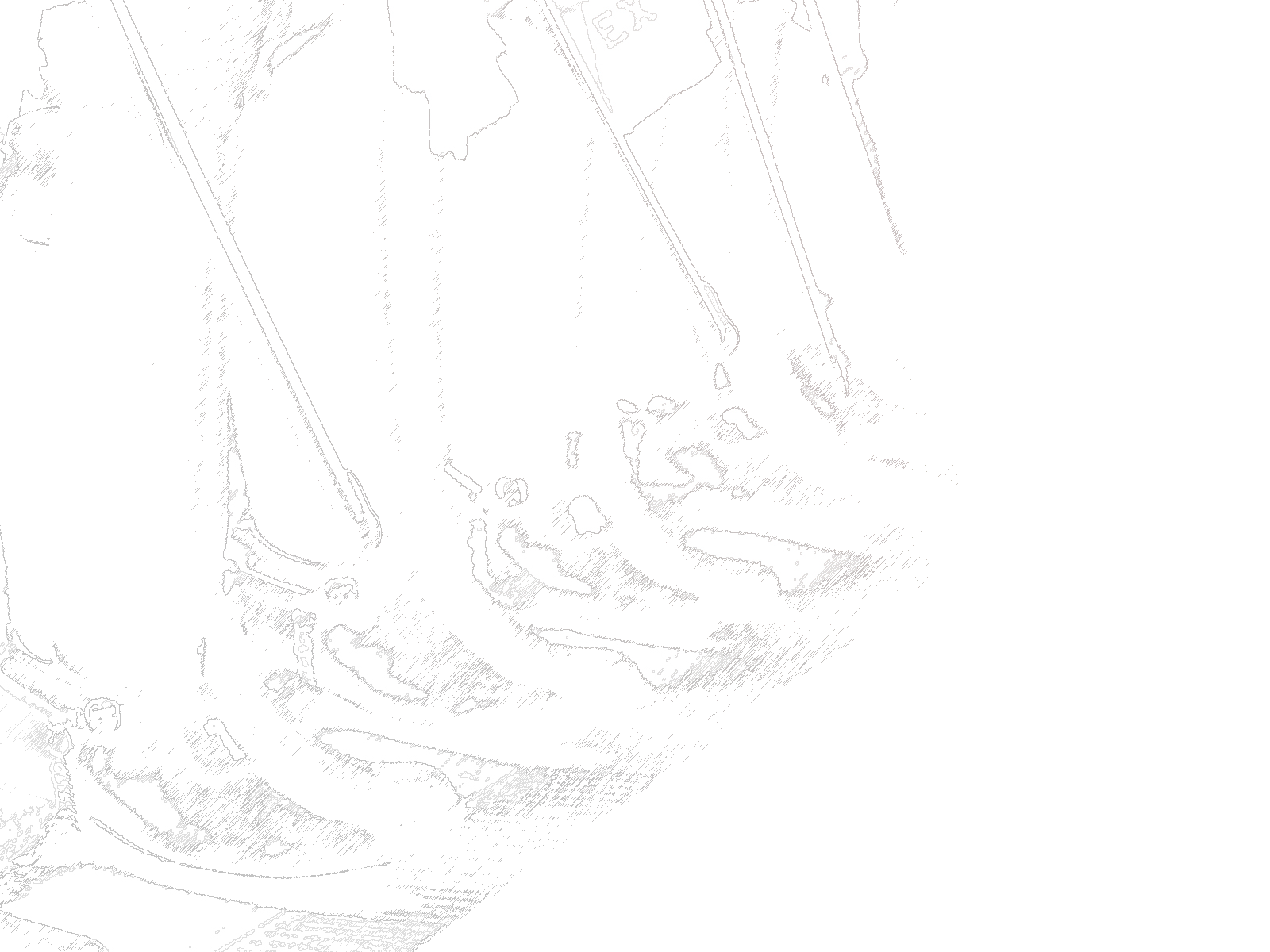The debate about the transportation budget in Wisconsin is still raging. Essentially, there isn’t enough money projected to come in to pay for all of the spending that the state wants to do. The governor wants to borrow $1.3 billion to cover the difference. The legislative Republicans want a combination of some borrowing, possibly some tax and fee increases, and possible some spending reductions. Some of that spending is being driven by the reconstruction of the Zoo Interchange, which is the state’s busiest intersection and critical to the state’s transportation system. That may justify some borrowing in the short term. But even outside of that, it’s hard for me to justify the level of spending that the state wants for transportation.
As the debate rages, there is one number that I can’t reconcile. According to Reason’s Annual Highway Report, the state spends $226,901 per state-controlled mile. That compares with a low of $39,403 per mile in South Carolina and a weighted average of all states of $162,202 per mile.
Wisconsin spends almost $65k more per mile than the average. Why? It is true that Wisconsin has to build roads differently than states in warmer climates because of the harsh winters, so that may drive up some cost. But let’s take a look at other cold weather states that manages to build their roads for less. Michigan spends $206,114 per mile. Iowa spends $133,409 per mile. North Dakota spends $95,898 per mile. Minnesota spends $132,230 per mile.
I have driven extensively in each of the states I listed that spend less per mile of state-controlled roads and their roads are fine. In the same report, North Dakota’s roads rank better in terms of performance and the other states are within spitting distance.
Looking into the details a little more, Wisconsin spends below the average for maintenance – $17,816 per mile as compared to a weighted average of $26,079 per mile. But Wisconsin spends 50% more than the weighted average on administrative costs per mile ($15,709 compared to $10,579) and 42% more for new roads and bridges ($122,272 as compared to $86,153).
What does the data tell us? Wisconsin spends far more than our neighbors on building new roads and administration and far less than our neighbors on maintaining the roads we have (the numerous accidents and damaged cars due to potholes on I-43 yesterday will attest to that).
Just imagine, if Wisconsin spent the same amount on roads per mile as Iowa – a state with similar weather and economic needs – Wisconsin would spend $1,098,967,932 less PER YEAR for the same amount of infrastructure ($93,402 less per mile multiplied by 11,766 miles of Wisconsin roads). That more than solves the budget problem. If fact, it would solve the $1.3 billion gap and save an additional $900 million out of the two-year budget.
Similarly, if Wisconsin spent the same amount on roads per mile as Minnesota, Wisconsin would spend $1,113,898,986 less PER YEAR on transportation infrastructure. Minnesota has almost the same number of road miles as Wisconsin (11,833 vs. 11,766) and manages to spend $94,671 less per mile. Is anyone going to argue that weather conditions in Minnesota make road building less expensive than Wisconsin?
So, as the transportation debate rages, I will not support any borrowing or tax increases until they take a serious look at the spending. The taxpayers should expect to get the same value for the same money because other states have demonstrated that it can be done.
